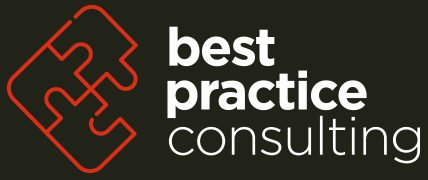"Is your organisation emotionally charged because it suffers from a culture of blame? Do you feel like you have lost control of your staff? Discover today one of the best tools for effective staff management!"
"A great workplace culture is integral to the success of your organisation". Yes that's right – that touchy feely area that many of us don't really understand might be the mystery ingredient you are missing to build a truly great organisation.
In this article we will look at the number one problem in most organisations today – that is a "culture of blame" and what you can do to change this culture so that your organisation can focus on the important areas that contribute to success.
So why does a culture of blame run rampant through some organisations?
Sometimes it results from bullying leaders who create a culture of fear. Sometimes it results from a "good news" culture which is created when the leader is only interested in hearing good news. In such organisations staff tend to shy away from passing on bad news because it is common practice to "shoot the messenger".
How does a culture of blame impact an organisation?
1. Blame has an emotional context. Cultures of blames usually operate with emotions of fear, anger and resentment which create dysfunctional relationships and poor staff morale.
2. Blame shifts energy and focus. As a result of fear-based emotions linked to blame, staff shift their energies from the interest of the group towards self-preservation.
3. Blame creates biases. As mental energies shift to defending one's own position, biases are introduced that alter the accurate perception and assessment of situations.
4. Blame inhibits creativity. When blame is prevalent, fear exists and individuals tend not to take risks or to think creatively, favouring instead the avoidance of blame.
5. Blame is expensive. Blame has very real costs to an organisation via poor quality, service failures and lost customers. In addition, poor staff morale and high staff turnover add increasing costs to the business via recruitment and training. Finally, the lost opportunity costs of low innovation, inability to create better products, quality and service will lead to a substantial negative impact on the revenue streams of the organisation.
Playing above or below the line – a model for managing cultures of blame
What is playing below the line? In an organisation whenever you find people deflecting attention from the real issue either by pointing the finger and/or looking to blame others – then we have someone playing below the line. Blame, excuses and denial become the norm and this in turn negatively affects workplace culture.
Below the line behaviours: blame, excuses and denial.
What is playing above the line? This involves staff in an organisation accepting responsibility for their actions and behaviours. Once all people in your organisation (especially leaders) start living and breathing the principles of ownership, accountability and responsibility a positive culture is created.
Above the line behaviours: ownership, accountability and responsibility.
Playing above the line is not easy, but it is very rewarding and empowering. This is because we grow-up (start displaying adult behaviour) and we get to experience the power of our choices and our actions, and we are no longer "think and feel" we are helpless victims.
Here is an example to illustrate the difference between playing above or below the line. An employee arrives at work and says "I am late because I got caught in a traffic jam". Now the traffic jam could have been due to an accident that no one could have predicted. Below the line language would be: "I am sorry I have kept you waiting. I got caught in this terrible traffic jam...." and go on and on with the story justifying your lateness. Above the line language would be: "I am late and I apologise for keeping you waiting". Here the individual demonstrates ownership and takes responsibility for being late and its impact. The reasons for lateness are not important.
Ways of eliminating a culture of blame
The elimination of blame from the culture of an organisation can be a complex and slow process, but here are a few practical tips that might help.
- Share your mission with the team and clearly define the role each person plays in achieving the big picture.
- Have a values, behaviours and process focus instead of blaming people.
- Use effective communication techniques which consider other perspectives and check assumptions before reacting.
- Use the playing above or below the line model and make sure everyone in the organisation (especially leaders) are accountable.
When leaders focus on values, behaviours, processes, sharing purpose and communicating effectively - blame based behaviours gradually lessen over time. Most importantly, trust among team members is enhanced and staff can begin focusing on improving organisational processes and achieving outcomes.
To get the best results for your organisation, you have to get the best out of your people, and your human resource management processes will greatly assist in maximising the benefits to your organisation.

